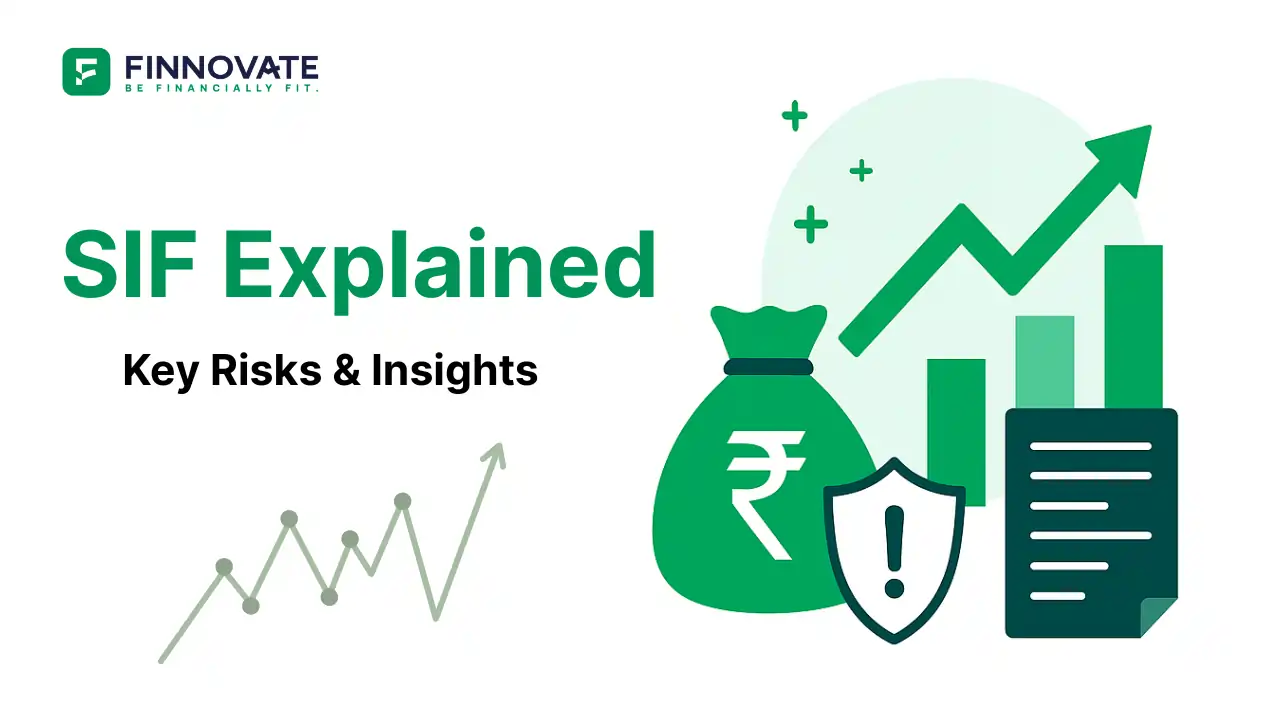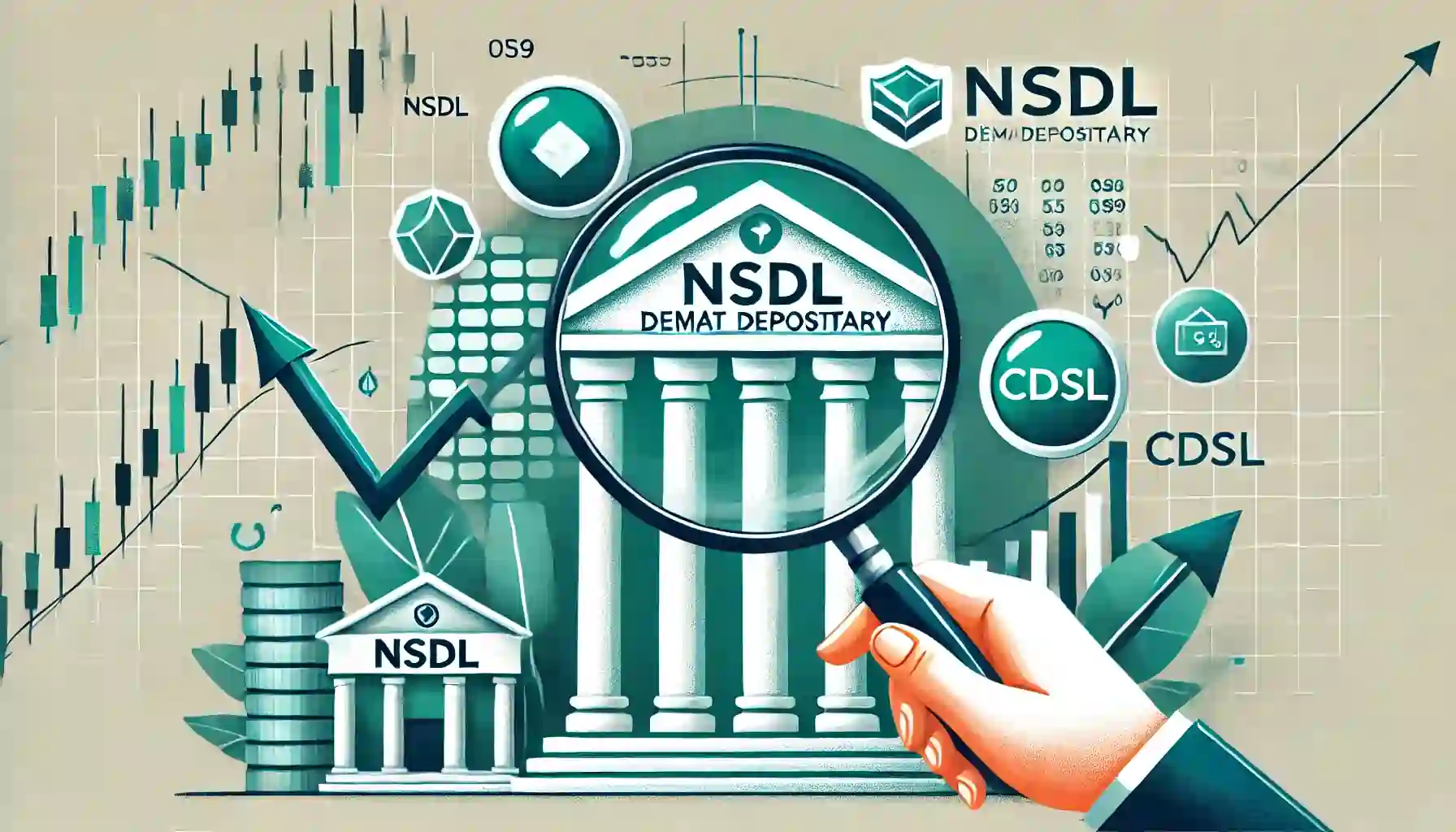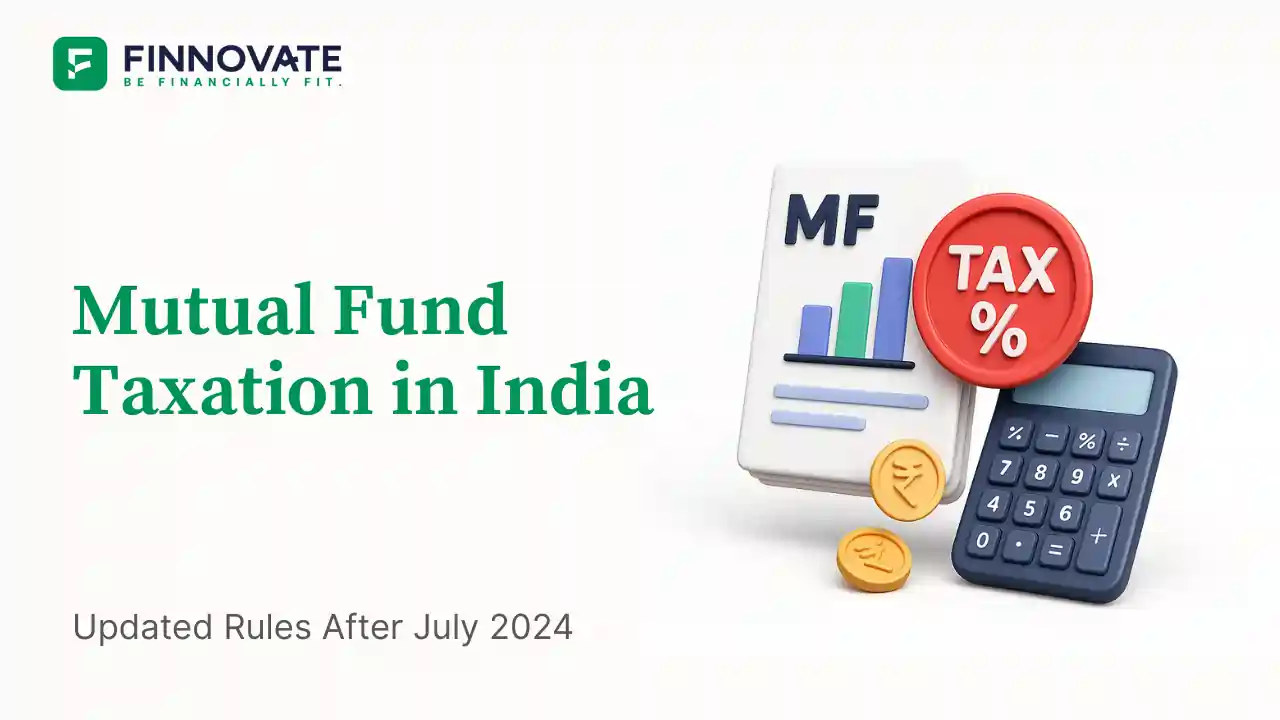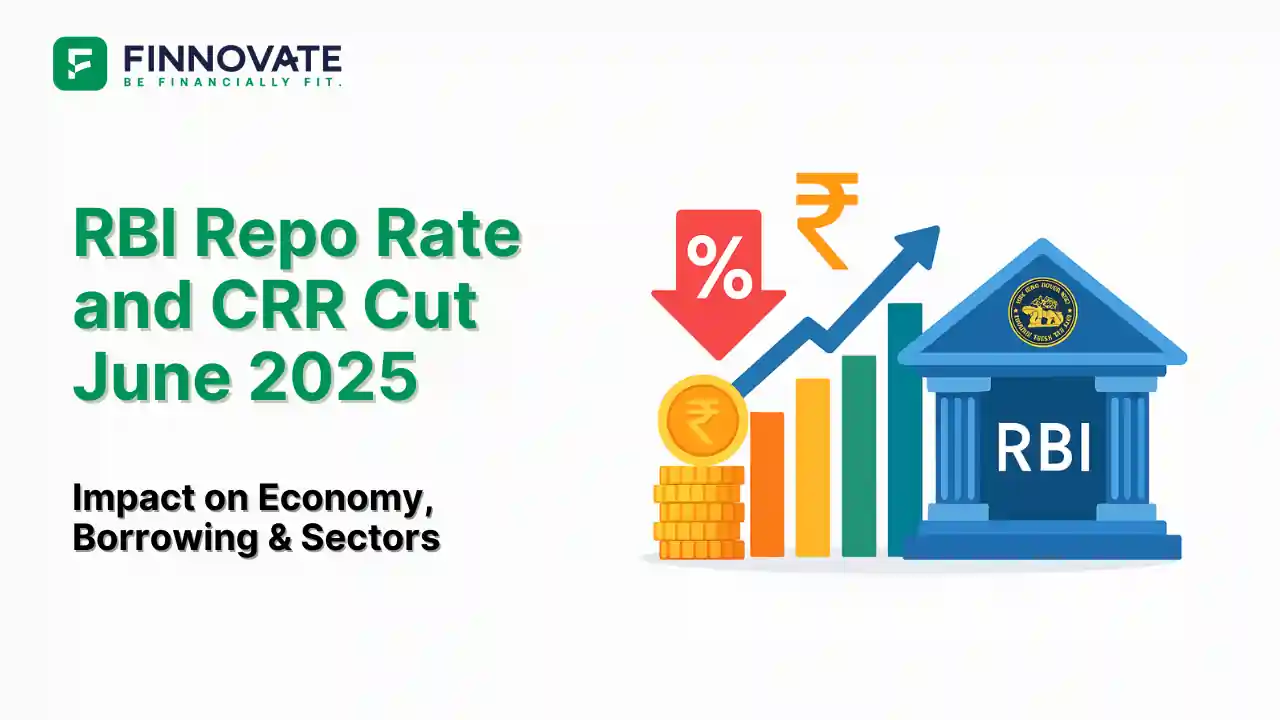Wealth Creation in India: Meaning, Strategies, Examples & How to Start

By

We all work hard to earn money. But how many of us truly make our money work hard for us?
That’s where wealth creation comes in. It’s not just about saving a part of your salary or cutting back on expenses. True wealth creation is about growing your money consistently using tools like mutual funds, real estate, stocks, or retirement schemes - so that over time, your wealth grows faster than inflation and supports your goals.
In this blog, we’ll break down:
Let’s start by understanding one of the most common confusions….
Many people assume that saving money = building wealth. That’s not true.
Saving means putting money aside - often in a savings account or fixed deposit. It’s safe, but it doesn’t grow much.
Wealth creation means investing that money so it earns returns and multiplies over time.
Here’s a simple example:
| Scenario | Monthly Amount | Where it's kept | After 20 Years | Returns |
|---|---|---|---|---|
| Saver | ₹5,000 | Bank savings @ 3% | ~₹1.35 lakh | Very low |
| Investor | ₹5,000 | SIP in mutual fund @ 12% | ~₹50 lakh | High |
If you want to create real wealth, you need more than just good income or luck in the stock market. You need a system - a clear path built on three solid pillars:
It starts with income - your salary, business earnings, freelance income, rental, or side hustle. You can’t build wealth without a steady inflow of money.
Tip: Focus on improving your income first - upskilling, switching jobs, or starting a second stream.
Before you invest, you need to save.
But saving isn’t just about putting whatever is left at month-end. It’s about:
Tip: Automate savings right after your salary hits - don’t wait till the end of the month.
This is where the magic happens.
Investing is how you put your money to work. And over time, thanks to compounding, your investments start generating wealth on their own. Financial planning helps you choose investment instruments based on your goals, time horizon, and risk appetite.
Common wealth-building investment tools in India include:
Tip: Choose investment instruments based on your goals, time horizon, and risk appetite.
Even the best plan won’t work if you give up after a year.
Wealth creation is a slow, steady, and compounding game. The earlier you start and the longer you stay invested, the better your results.
Think of it like planting a tree - you won’t see results in one season, but 10–20 years later, it’ll give you shade, fruits, and security.
Now that you know the foundations, let’s talk about the actual tools that help you grow your wealth.
There’s no one-size-fits-all approach but the best strategies are the ones that are simple, proven, and consistent. Here are some of the most effective wealth creation methods used by Indians today:
Time is your biggest asset when it comes to investing. Starting early - even with a small amount - allows your money to grow exponentially.
Let’s say you invest ₹5,000/month at 12% annual returns:
The earlier you start, the more time compounding has to work.
Wealth creation works better when you know what you're working towards. Whether it’s buying a house, funding your child’s education, or retiring early — having specific, time-bound goals helps you pick the right investments and stay committed.
Example: A 10-year goal may lean toward equity; a 2-year goal needs debt instruments.
Use simple frameworks like the 50:30:20 rule:
Or go more aggressive with a 70:30 model (30% savings) if your expenses are low.
Make savings a fixed habit - not a leftover.
Before thinking of wealth, secure your base. Keep 3–6 months of living expenses in a liquid fund, sweep-in FD, or savings account. This gives peace of mind during job loss, illness, or emergencies.
Don’t touch your long-term investments for short-term needs.
Wealth creation takes time. The biggest gains often come in the later years of compounding. Avoid chasing short-term profits or reacting to market news. Stay invested through market ups and downs - and let your money grow.
SIPs work best when continued for 10+ years.
Putting all your money in one type of investment is risky. Build a balanced portfolio using:
Diversification = smoother ride + better long-term results.
Match investment tools to your objectives:
| Goal Type | Suggested Tools |
|---|---|
| Short-term (<3 yrs) | Liquid funds, FDs, RDs |
| Medium-term (3–7 yrs) | Hybrid funds, balanced advantage funds |
| Long-term (7+ yrs) | Equity funds, Index funds, PPF, NPS, SGBs |
Use SIPs to automate investments and stay consistent.
Your portfolio won’t stay balanced on its own. Check once a year:
Rebalance if needed - but avoid making frequent changes based on emotions.
Think of rebalancing as routine maintenance for your wealth engine.
Let’s say you’re 25 years old, and you start a SIP of ₹5,000/month in an equity mutual fund.
Assuming an average return of 12% annually (which is typical for long-term equity funds in India), here’s how your wealth can grow:
| Investment Duration | Monthly SIP | Total Invested | Estimated Corpus (12% Returns) |
|---|---|---|---|
| 10 years | ₹5,000 | ₹6 lakh | ₹11.6 lakh |
| 15 years | ₹5,000 | ₹9 lakh | ₹18.6 lakh |
| 20 years | ₹5,000 | ₹12 lakh | ₹33.2 lakh |
| 25 years | ₹5,000 | ₹15 lakh | ₹54.6 lakh |
| 30 years | ₹5,000 | ₹18 lakh | ₹98.4 lakh (~₹1 crore) |
This is the power of time + consistency.
You didn’t increase the amount. You didn’t need timing.
You simply stayed invested - and your money did the rest.
“Wealth is not built by doing extraordinary things - it’s built by doing simple things consistently for a long time.”
Want to try this with your own numbers?
Use our free SIP Calculator
Wealth creation isn’t just for the rich. It’s for anyone who’s willing to plan, be patient, and stay consistent.
You don’t need a big salary.
You don’t need to time the market.
You just need to start - with whatever amount you can.
The earlier you begin, the easier your journey becomes.
The later you wait, the more you’ll have to catch up.
₹5,000/month invested smartly can grow into ₹1 crore but only if you give it time.
Whether your goals are big or small - financial freedom, buying a home, early retirement, or just peace of mind - wealth creation gives you choices. And those choices give you freedom.
So take the first step today.
Not tomorrow. Not next month.
Today.
If you’re unsure whether you need holistic help or just investment advice, read our guide on Wealth Management vs Asset Management.
Disclaimer: This article is for informational purposes only and does not constitute financial advice. Please consult a SEBI-registered financial advisor before making any investment decisions based on your personal goals and risk profile.

Learn how to easily download your NSDL CAS Statement in PDF format with our step-by-step guide. Follow our instructions to log in to NSDL e-Services, download your account statement, and subscribe for
Read Full
Explore what Specialised Investment Funds (SIFs) are, their benefits, taxation, minimum investment, how to invest, how they compare with mutual funds and PMS and latest developments in SIF space
Read Full
Learn How to Download Your CDSL CAS Statement with our step-by-step guide. Easy instructions for accessing your investment details online.
Read Full
Analyzing the potential economic impact of the 2025 India-Pakistan conflict on India's GDP growth, manufacturing sector, and foreign investment.
Read Full
Determine if your Demat Depositary (DP) is NSDL or CDSL easily. Follow our guide to check using broking platforms or Demat account number formats
Read Full
Looking for the best financial freedom books? Here’s a handpicked 2025 reading list with summaries, why to read, and who it's best for.
Read Full
Clear guide to mutual fund taxation in India for FY 2025–26 after July 2024 changes: equity STCG 20%, LTCG 12.5% with ₹1.25L exemption, debt/hybrid rules, dividends, examples, tables, and FAQs.
Read Full
RBI cuts repo rate by 50 bps and CRR by 100 bps in June 2025 to boost growth. Learn how it impacts inflation, borrowing, sectors, and market trends.
Read Full